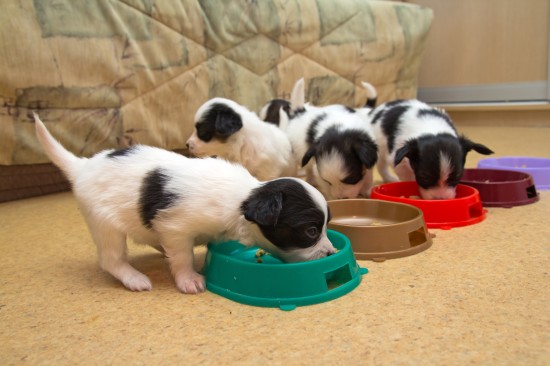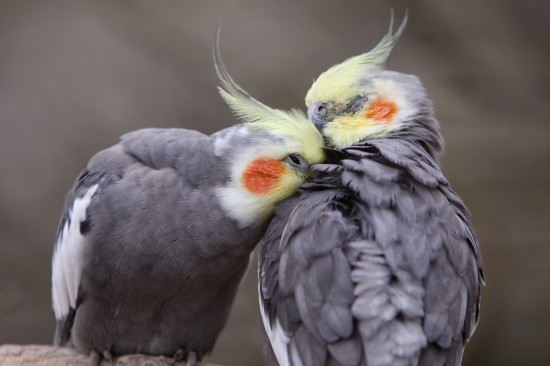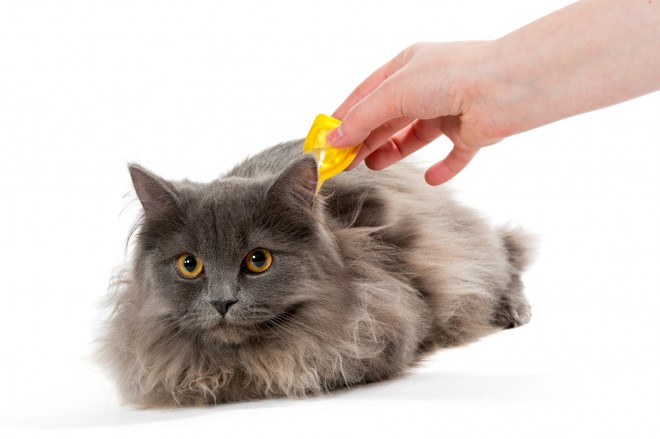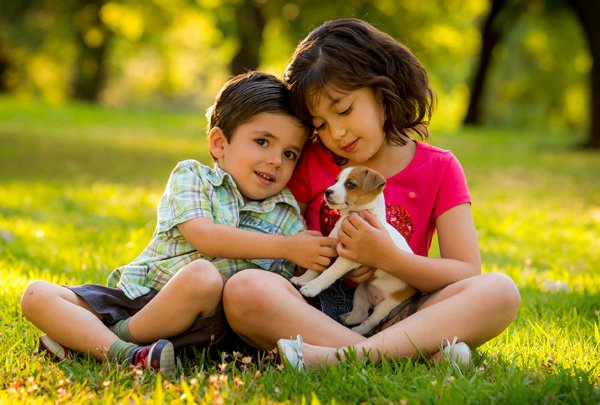

Dogs lives often seem to revolve around food, and dogs are often keen to find their own by scavenging, bin-mining or begging for treats, even when they are adequately fed and want for nothing! Many dog owners feel that food is the main thing on their dog’s mind, and this is why training using treats and food rewards is particularly effective when working with dogs, and in this way, can be an advantage. However, it can also make them hard to manage in other ways; regulating the dog’s diet, keeping them from piling on the pounds and stopping them from eating inappropriate foodstuffs can be a challenge, which is sometimes much more pronounced in some dogs than others.
In order to understand why your dog behaves as he does and get to grips with his attitude to food, it is important to “think like a dog” and tackle feeding and your management of what your dog eats by viewing things through your dog’s eyes. Read on to learn more about dogs and their attitude to food.
Dogs are hunter-scavengers, which means that in the wild, dogs and their historical ancestors would keep themselves from going hungry by hunting for prey, and also scavenging what they could find left over from the meals of people or other animals. The propensity of some breeds to chase, and the fact that most breeds of dogs will think nothing of wolfing down discarded food or dead animals that they find by the roadside, is a direct result of this. This is part of the dog’s genetic predisposition to ensure that they never missed an opportunity to eat, as they never knew where their next meal was coming from!
Cats, and most people, will eat until they are full and then stop, even if this means leaving food left over. Dogs are not adept at doing this, and will generally continue to eat beyond the point of fullness, often until they have literally no room left to eat more! The fact that many dogs are always on the lookout for food and would happily eat another meal shortly after their designated dinner often leads dog owners to believe that they are not feeding their dog enough, and causes them to increase portion sizes. This can quickly lead to weight issues and obesity, which can come as a surprise to many dog owners who are confused as to how this happens when their dog always appears to be hungry!
Again, in the wild when dogs had to rely on hunting or scavenging for food, they had no guarantee that they would be able to find another meal the next time that they were hungry. Dogs tend to eat until they cannot eat any more, in order to account for any lean periods when there is no food to find or be caught. This genetic memory of how best to survive has carried over in our modern dogs, despite the fact that the vast majority of them are fed regularly and consistently by their owners, and usually have been for many generations!
The phrase “wolfing down food” is a literal representation of the eating style of many dogs, who are often keen to eat everything offered to them as quickly as possible. The reasoning behind this is twofold; first of all, the longer that a wild dog spends eating, the more vulnerable they are to other dogs or predators trying to take their meal from them, and also for many dogs, they want to make sure they’re not missing out on something else going on while they are concentrating on their dinner!
Many dogs will bury bones, treats and toys, and some will also attempt to bury their food as well, given the opportunity. This is understandably often an annoyance for the dog owner, but the reasons behind it are again rooted in history, and very logical. When a dog has eaten to the point that he cannot eat any more, if he still has any food left over he will be keen to retain this to eat later on or in the future, when there might not be another readily available meal to be found. If food was simply left to return to later, the chances are high that it would either be scavenged by another dog or predator, or would rot and decompose. Burying it in the ground helps to minimise the chances of this happening.
Many dogs are very protective of their food and bowls, and will growl or snap at another dog or even person if they try to remove the food or otherwise get into the dog’s personal space while they are eating. In the wild, this was a legitimate concern, and could lead to another dog or predator taking their meal from them, so an early threat display could help to guard against this. If a dog lives with other pets, there is still the possibility that another dog within the home might set their sights on their meal in the same way, and so resource guarding and defensiveness over food is understandable, if not wholly appropriate within a domestic setting.
In order to minimise problems such as food guarding, scavenging, and eating too fast, it is important that your dog feels secure about where his next meal is coming from, and that he will be permitted to enjoy it without interruption.
Make sure that your dog is fed at the same times each day and in the same place, and make sure that where and how your dog eats does not cause him stress. Allow him time and quiet to eat his meal uninterrupted, and if possible, try to feed multiple dogs with plenty of space between them or even in separate rooms.
Do not interrupt or interfere with your dog when they are eating; it is desirable to be able to take up your dog’s food bowls if needed while he is in the middle of a meal, and something that your should attempt to train your dog to tolerate. But as a general rule, routine, peace and quiet, and a relaxed environment to eat within all lead to a happy, well-balanced dog.
 Common Illnesses In Cockatiels
Common Illnesses
Common Illnesses In Cockatiels
Common Illnesses
 Are Dog Training Collars Humane And Ective?
Are Dog Training Collars Humane?
With the advent of t
Are Dog Training Collars Humane And Ective?
Are Dog Training Collars Humane?
With the advent of t
 How Different Chemical Flea And Tick Preventatives And Treatments Work
How Different Che
How Different Chemical Flea And Tick Preventatives And Treatments Work
How Different Che
 April Is National Pet Month – Celebrate With Us!
April is National Pet Month! You may be asking yourself, Wha
April Is National Pet Month – Celebrate With Us!
April is National Pet Month! You may be asking yourself, Wha
 Nutrients in Raw Pet food for Puppies of Larger Breed
Nutrients in Raw Pet food for Puppies of Larger Breed
Nutrients in Raw Pet food for Puppies of Larger Breed
Nutrients in Raw Pet food for Puppies of Larger Breed
Copyright © 2005-2016 Pet Information All Rights Reserved
Contact us: www162date@outlook.com